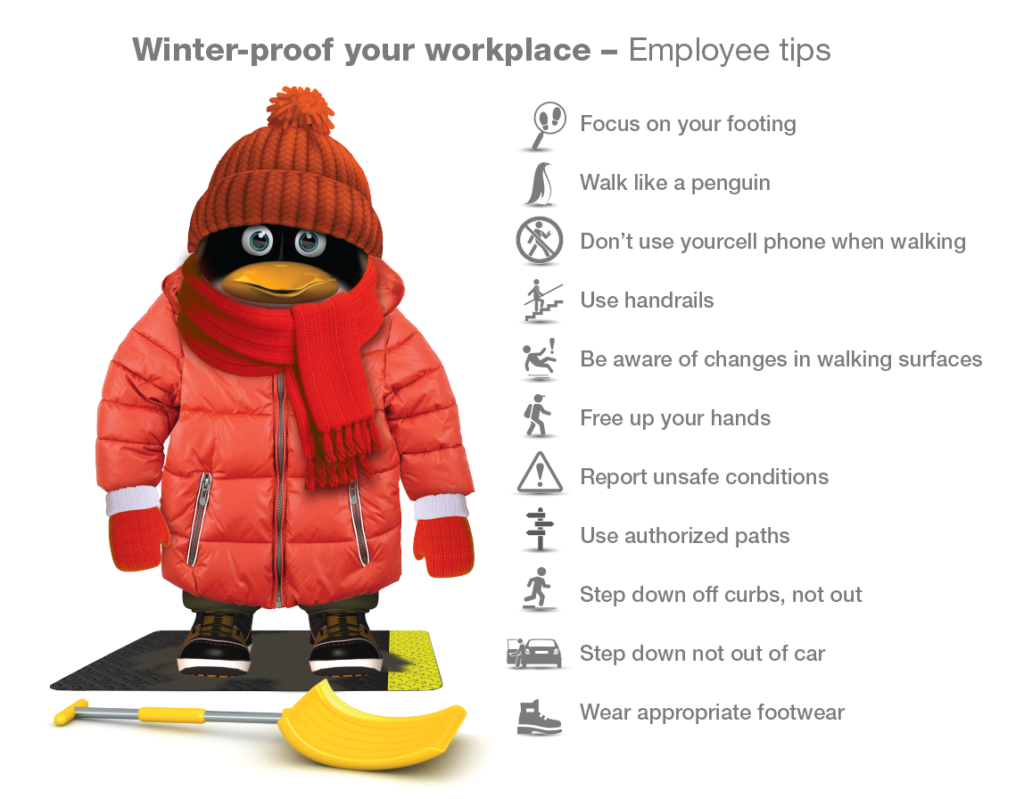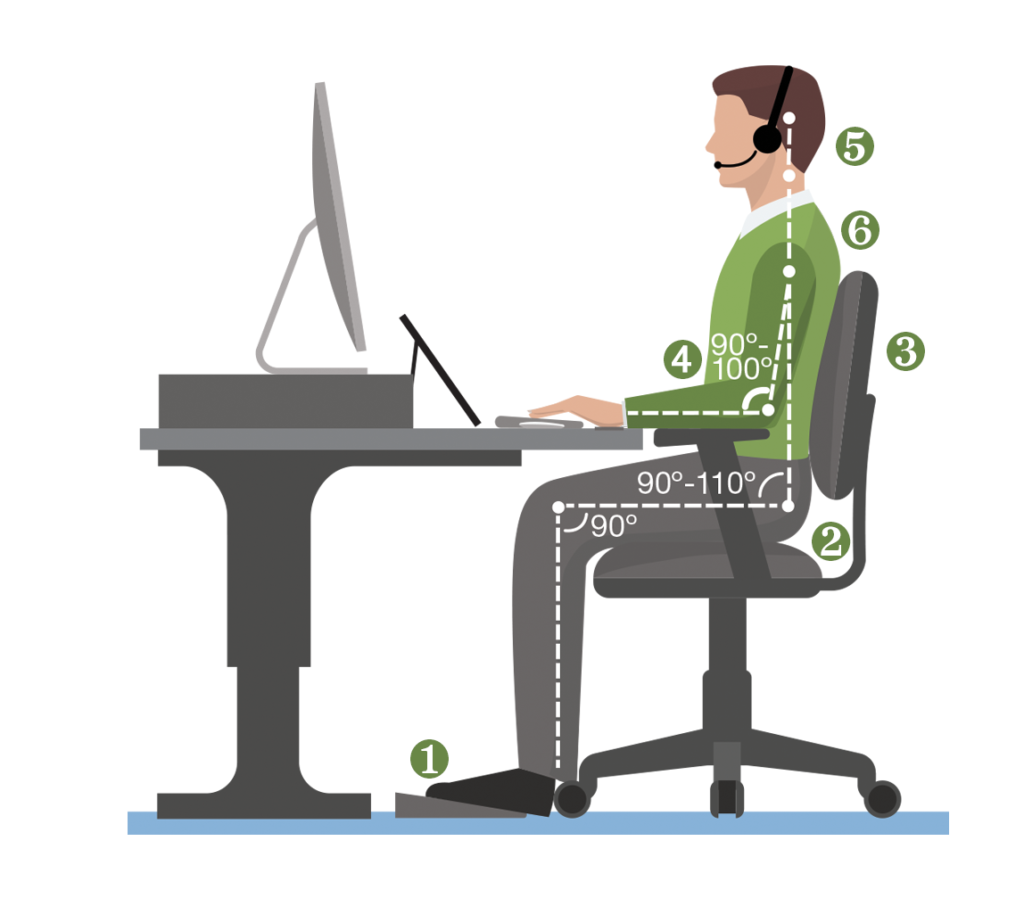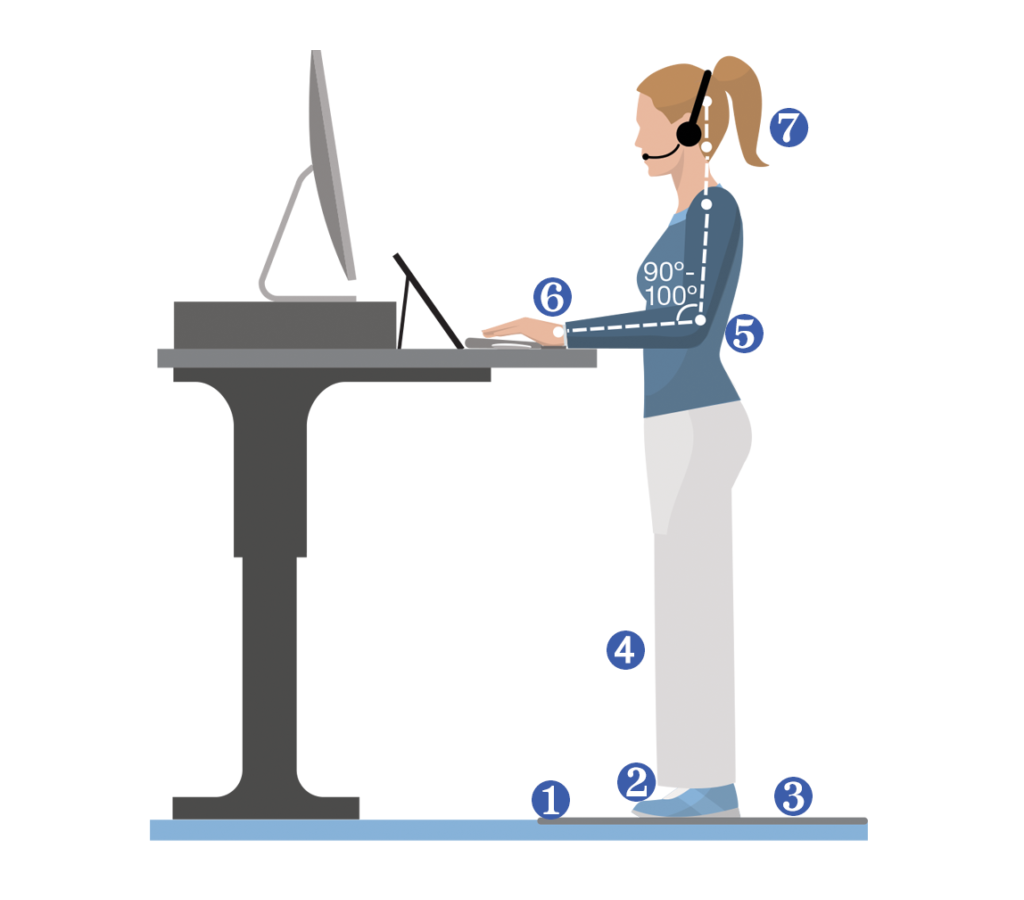Are you ready for winter?
Even if you’d rather not think about winter just yet, now is really the perfect time to figure out how you’ll mitigate the safety risks that come along with snowy and icy weather.
Winter slips and falls are one of the most common causes of workplace injuries. They can happen at any workplace, to any employee, and they can lead to serious injuries — concussions, broken bones, herniated discs and more avoidable injuries.
Every year, we see employers suffer due to employee injuries caused by winter slips and falls. The impact can include:
- Lost productivity
- Costs to injured workers and their families
- Replacement employee costs
- Overtime for existing employees
- Increased workers’ compensation costs
- Facility damages from conditions caused by varying temperature fluctuations
That doesn’t even include the negative impact on injured employees’ lives.
“To avoid these costs, we recommend employers do everything they can to eliminate hazards and generate winter safety awareness among employees,” said Steve Sandilla, SFM senior vice president, strategic business operations. “Getting a jumpstart before the snow flies and providing simple reminders to employees can make a big difference.”
The cold facts
Nationwide, there were 20,000+ workplace injuries due to falls from ice, sleet and snow that resulted in a day or more away from work in 2017, and 28% of those resulted in more than a month off work, according to the U.S. Bureau of Labor Statistics. The average number of days to recover from these types of injuries varied in the Midwest.
According to OSHA, slips and falls contribute to 20% of all workplace injuries, costing companies billions in insurance claims, lost hours in liability lawsuits, and 15% of all accidental deaths (second only to motor vehicle accidents).
Moreover, the CDC indicated that the medical costs for winter slips and falls topped out at $50 billion, and more than 800,000 have been hospitalized due to slip and fall injuries (mainly hip and head injuries).
Bureau of Labor Statistics data also show that thousands more winter slip-and-fall-related injuries were minor and did not result in lost work time.
SFM estimates the average winter slip-and-fall lost-time claim costs range from $40,000 to $45,000. The costs — direct and indirect — mount quickly and can’t be ignored.
It pays to start early
The good news is that slip-and-fall injuries don’t have to “just happen.” You as an employer can do a lot to prevent these injuries at your workplace, and autumn is a great time to start preparing your workplace and your employees for the winter season.
Prepare your workplace
Follow these steps to prepare for winter weather both inside and outside:
- Discuss expectations with your maintenance staff or snow removal vendor.
Make it clear you expect snow and ice accumulation to be removed quickly and salt or other surface treatments applied to melt icy spots. Discuss which entrances should be cleared first, how often snow removal should occur, and who is responsible for what. Ensure snow is piled in a low area of the lot to prevent hazards from melting and refreeze. Develop an accountability plan with the vendor to deal with staffing problems and poor workmanship. Request that your vendor supply you with a copy of the checklist given to staff which outlines the most important aspects of the services provided. - Spot check for hazards.
Identify potholes and cracks that may cause issues in inclement weather. Arrange for repairs before it snows. Check that drain pipes, grate covers and catch basins are not clogged with debris. Once the snow comes, ice dams can form, causing water from melting snow and ice to back up onto sidewalks and refreeze. Make sure lighting systems covering parking lots and sidewalks are checked regularly to verify they are working properly. Poor lighting makes it more difficult for employees to see patches of snow and ice. Check entrance steps and handrails for damage. Employees need a sturdy handrail to grip when conditions are slick. Eliminate unauthorized walkways using hazard tape or barriers to keep people from taking shortcuts across unshoveled areas. - Use previous injury records to set your priorities.
Review the previous year’s reports to determine where there has been a history of slip-and-fall incidents. Find solutions to eliminate those problem areas. - Make plans to prevent indoor slips.
When snow is tracked indoors, interior walking surfaces in entrances, reception areas, hallways, and stairwells can be dangerous. To keep employees safe, use a floor fan to help keep walkways dry. Strategically place “wet floor” signs to slow people down as they enter the building. Use beveled floor mats to catch excess water. Keep extra mats on hand in case they become saturated with water and need to be changed. - Clean up spills or puddles immediately.
Create a procedure for taking the appropriate action when someone causes or comes across a spill.

Winter safety tips to give employees
Your employees play a key role in preventing slips and falls by being aware of their surroundings and making good decisions. Get your employees ready for the change in weather conditions by reminding them:
- Focus on your footing. Watch where you walk. Concentrate on getting from point A to point B safely.
- Walk like a penguin. Use short, slow steps.
- Don’t use your cell phone while walking from the parking lot or on stairs.
- Use handrails on stairways and don’t rush.
- Be aware of changes in walking surfaces. Many falls are caused when people don’t realize they’re leaving non-slippery surfaces for slippery ones.
- Free up your hands. Use a carrying case with a shoulder strap for laptops and files.
- Wear appropriate footwear — no high heels or smooth-soled shoes.
- Step down and not out when getting out of a vehicle. Swing both legs out. Place both feet on the ground and use hands for support.
- Step down off curbs, not out. Landing on your heel first instead of flat footed can cause a fall.
- Use authorized paths. If it’s not clear of snow, don’t use it. No shortcuts.
- Report unsafe conditions to a supervisor or maintenance person.
Depending on your business, you may also consider implementing a traction footwear policy that requires employees who work outside in the elements to wear traction footwear to keep them safe. A number of SFM policyholders have implemented mandatory footwear programs for employees who work outdoors and have seen significant reductions in incidents as a result.
Use SFM’s winter slip-and-fall prevention tools
SFM provides many resources to keep your employees aware of winter slip-and-fall risks throughout the season, including posters, handouts, safety talk outlines and videos.
“It’s important to keep reminding employees of the risks of winter slips and falls, and how to avoid them, throughout the season,” said Loss Prevention Technical Leader Lee Wendel. “We’ve tried to make that easy for employers by offering a variety of different resources.”
There is great truth to the adage, “an ounce of prevention is worth a pound of cure.” With a little prevention, costly injuries that greatly affect both employers and employees can be easily avoided!
You can find links to these resources and more information to help you have a slip-free winter on SFM’s winter slips and falls page.
This is not intended to serve as legal advice for individual fact-specific legal cases or as a legal basis for your employment practices.
Want more content like this?
Get the latest Simply Work Comp blog posts in your inbox.

 Keep your feet resting comfortably on the floor or on a footrest.
Keep your feet resting comfortably on the floor or on a footrest. Feet should be resting comfortably on an even surface.
Feet should be resting comfortably on an even surface.